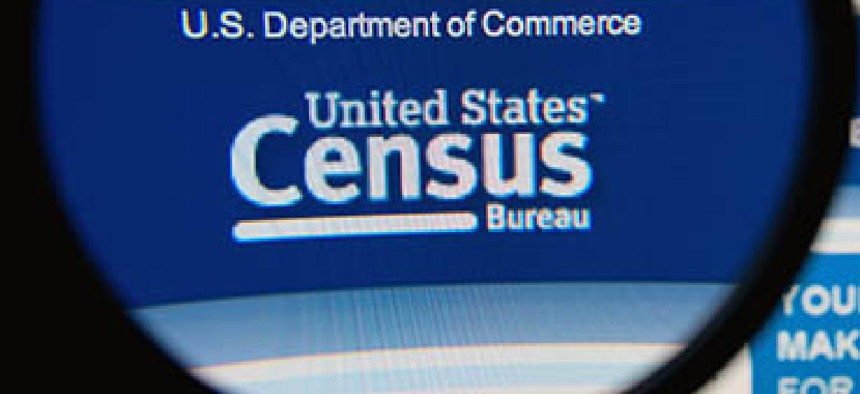Census takes on non-respondents with tech

The Census Bureau has until September 2016 to make key decisions on how to follow up with non-respondents in the 2020 population count.

The Census Bureau reaches out to approximately 140 million addresses to solicit data for the 2020 census, and projects a 63.5 percent self-response rate. But how does the agency plan to count those who don't self-report?
To cut the non-response workload as much as possible, the Census Bureau estimates that administrative records and third-party data will resolve approximately 12 million addresses that don't generate self-responses for the 2020 census, according to Assistant Management Division Chief of the Decennial Census Maryann Chapin. That should translate into far fewer in-person visits by Census Bureau enumerators.
"A reduced number of visits will lead to significant cost savings for the 2020 census," Chapin said. "It will also allow for the Census Bureau to focus its field resources to receive consistent responses from across geographic and demographic groups."
The Census also plans to innovate and reengineer its field operations. "We do plan to manage the operation very differently than what we've done in the past," said Maryann Chapin.
In addition to using mobile devices and the COMPASS application, greater automation in field operations, including automated recruiting, payroll and expense reporting and on-line training, the bureau will streamline the operation and optimize time spent on accurately collecting census data.
In a 2015 trial conducted in Maricopa County, Ariz., the Census Bureau examined the feasibility of utilizing real-time electronic data collection, as well as drawing on non-census data already provided to other government agencies. Officials found that, of the housing units tested, administrative and third party data resolved 32 percent of the approximately 72,000 non-response addresses.
Additionally, the test, which included automated training and census-taking methods, showed a major reduction in training hours and more effective and efficient data-collection.
Chapin said that the results of the 2015 test and its 2016 successor, which is concurrently taking place in Harris County, Texas, and Los Angeles, Calif., through August, will help the bureau determine what strategies to finalize in its 2020 operational plan.
The Census Bureau announced a September 2016 deadline for a series of decisions to be detailed in the complete non-response follow up operational plan. Those action items include the acquisition approach for administrative and third-party data, details on minimizing data errors and when to accept proxy responses in the non-response follow-up operation. Additionally, the Census Bureau set September 2016 as the deadline for its Internet Self-Response Operational Plan.
NEXT STORY: Is IRS dropping the risk assessment ball?





